Turkish folk dance is more than steps and music. It is a living tradition shaped by centuries of history and many cultures. These traditional dances reflect Turkey’s location between three seas and old trade routes. That setting helped create a rich culture that shows clearly in its many dance styles. Turkish folk dance is not one single style. It includes many rhythms, shapes, and stories, each tied to a place and its people.
At its core, Turkish folk dance shares feelings of joy, grief, courage, and community. It is a key part of Turkish identity, linking older generations with today. The footwork, gestures, and group shapes carry customs and social habits that go back thousands of years. Because of this strong link, folk dance remains loved and active in daily life across the country.
Cultural significance of Turkish folk dance
These dances act like a living record of the Turkish people. They are present at major life events and national holidays. You will see them at weddings, religious festivals, local fairs, and send-offs for soldiers. They are part of the social fabric, bringing people together and honoring shared roots. Many movements tell stories, echo daily work, or show ideas like unity and bravery, turning each dance into a form of storytelling.

Turkish folk dances also show traditional roles of men and women. Some dances are men-only or women-only, while many welcome both, balancing solo expression with group harmony. This mix reflects local values and social patterns while giving a lively show. With so many styles, there is a dance for every feeling and event, which keeps them central to Turkish culture.
Regional diversity of folk dances in Turkey
Turkey connects two continents and has a long past, so each region has its own culture-and its own dances. There are about 400 types of folk dance. There is no single “national dance.” Instead, each area has its own steps, music, and clothing. From the Black Sea to the Aegean, from Central Anatolia to the East, every region-and often each village-takes pride in its dance.
Nature and history shaped these differences. The fast, bold Horon of the Black Sea fits the rough sea and lively people there. The strong, noble Zeybek of the Aegean reflects local heroes of the past. The group dance Halay brings people together across Central, Eastern, and Southeastern Anatolia. Traveling across Turkey is also a journey through its dances, each giving a window into local life and tradition.
History and Origins of Turkish Folk Dance
Turkish folk dance grew over thousands of years alongside the people who lived in Anatolia. This land, called “Anadolu,” has seen settled life for nine millennia and hosted the Hittites, Greeks, Romans, Byzantines, Seljuks, and Ottomans. Waves of Turkic migration from Central Asia added more layers. Each group left marks that still show in today’s dances.
The oldest roots reach back to shamanic rituals of early Turks in Central and Western Asia long before Islam spread around 900 CE. Shamans led ceremonies with movement and drumming to drive away bad spirits, ask for help from higher powers, and seek understanding. While the meanings changed over time, the basic forms stayed and grew with the community. This long history shows how deeply dance sits inside Turkish culture.

Influences from Anatolia and neighboring cultures
Anatolia sits between Europe and Asia, so many cultures passed through and mixed here. The Hittites, Greeks, Romans, and Byzantines all left traces in local customs, including dance. Early farming and animal care in Asia Minor supported many local traditions, languages, and arts that shaped regional dances.
Later, Turkic tribes brought Central Asian styles with hints of Chinese culture. These joined with older Anatolian ways and created new blends. As the Ottoman Empire grew, Turks met many groups across three continents. New arrivals like Sephardic Jews and Circassians added fresh steps, rhythms, and themes. Strict views in some periods tried to limit ritual dance, but village life kept the habits alive by moving them into family and community events.
Evolution through Ottoman and Republican periods
Through Ottoman times and into the Republic, folk dance stayed strong and flexible. In the empire’s high period, court life had entertainers like Çengi and Köçek, but the core of folk dance lived in towns and villages. While dances appeared at big state events, the main energy stayed with everyday people at holidays, weddings, and harvest times.
Religious dances also grew, such as the Mevlevi Whirling Dervishes tied to Sufi practice. As borders shifted and newcomers settled in Anatolia, folk culture kept absorbing new pieces. In today’s Republic, Western trends did not erase folk dance. It still holds a steady place, with folk groups and centers teaching young people, keeping old rhythms moving in modern life.
Major Types of Turkish Folk Dance
Turkey’s folk dances cover a wide range of styles tied to local history and land. While there are many, several main types commonly appear across regions. These dances carry local identity and group spirit through steps, shapes, and music. From solo heroes of the Aegean to fast lines of the East, each style gives a clear view of the culture it comes from.
Learning the main types helps you read the patterns and beauty of Turkish folk dance. Halay builds unity in lines and circles. Horon races forward with sharp, quick steps. Zeybek moves with calm pride. Many dances show daily life, past events, and even animals, pointing to a close bond with nature. No two dances are exactly the same, so exploring them is always rewarding.
| Dance | Main Region | Key Features | Common Instruments |
|---|---|---|---|
| Halay | Central, East, Southeast Anatolia | Lines/circles, steady build in tempo | Davul, zurna; kaval, bağlama |
| Horon | Black Sea | Very fast, tight group hold, sharp motions | Kemençe |
| Zeybek | Aegean, Western Anatolia | Proud stance, wide steps, solo or small group | Bağlama, kabak kemane, zurna, davul |
| Bar | Eastern Anatolia | Side-by-side line, set figures, shouted calls | Davul, zurna |
| Hora/Karşılama | Thrace, Western Anatolia | Circle/line, quick finish, facing pairs | Zurna, davul, clarinet, violin |
| Kaşık Oyunu | Central/Southern Anatolia | Spoons as percussion, lively arm/foot work | Spoons, zurna, davul, bağlama |
| Samah | Alevi communities | Spiritual, smooth turns, no drums | Ney, voice |
| Kolbastı | Black Sea (Trabzon) | Fast footwork, jumps, modern touch | Kemençe, drums |
Halay: Group dance of Central and Eastern Turkey
Halay is one of the most common dances across Central, Eastern, and Southeastern Anatolia. The name likely means “many people,” which fits its group nature. Men and women form a line or circle, link hands or fingers, and follow a leader holding a handkerchief (mendi) to guide steps and speed. Styles change by region, so there is wide variety.
It often starts slow and then speeds up, sometimes across several parts, ending with strong, unified footwork. Davul (large drum) and zurna (double-reed pipe) lead the sound, with kaval or bağlama also used, or even folk songs. Halay shines at weddings and festivals, showing joy and togetherness. Its oldest roots may be in Central Asian fire-circle rituals that still appear on special days.
Horon: Fast-paced Black Sea coastal dance
Horon comes from the Black Sea coast. It is known for speed, sharp steps, sudden drops, and shaking motions. Groups stand close in circles or half-circles with linked arms. The name may come from the Greek “choros,” meaning dance, but locals also connect it to “horom,” a corn stack, with moves that echo swaying stalks or fast-moving anchovies (hamsi).
Horon often uses 7/16 rhythms and is among the quickest patterns in Turkish folk music, demanding tight timing and stamina. The kemençe, a three-stringed fiddle with a bright tone, drives the beat that dancers answer with fine trembles. It is hard to play Horon well on other instruments because of the speed. Dancers often wear black with silver trim and do shoulder trembles, deep squats, and knee kicks. Men, women, or mixed groups can perform, and it fills weddings and festivals with the brisk spirit of the Black Sea.

Zeybek: Heroic solo and group dances from the Aegean
Zeybek comes from Western Anatolia and the Aegean and is usually danced by men. It shows courage, honor, and protection, with “Zeybek” or “Efe” meaning a fighter and local leader. Movements start calm and proud, then grow stronger. Costumes include embroidered vests, wide sashes, and feathered headpieces, recalling border fighters of Ottoman times.
Zeybek can be solo, in pairs, or in groups. Dancers often enter with a slow walk to command the space. Steps are wide and steady, with knee bends and arm lines at shoulder level. A key move is kneeling on one knee and touching the ground while turning the torso. Music uses bağlama and kabak kemane with rhythms like 9/4, 9/8, or 9/16, sometimes backed by zurna and davul. Zeybek stands as a proud symbol at festivals, weddings, and state events.
Bar: Energetic dances of Eastern Anatolia
Bar comes from Eastern Turkey, known in Erzurum, Bayburt, Ağrı, Kars, Artvin, and Erzincan. The name points to “unity,” fitting the tight group shapes. Men and women both perform, often in separate lines-men in groups of around 16 and women around 12.
Bar usually starts slow and heavy, then moves to faster parts. Dancers line up shoulder to shoulder, giving a strong group look. Men’s Bar often begins with loud calls (nara) that state the region and then moves with a strong beat led by davul and zurna. Women’s Bar is lighter and can include folk songs. Common rhythms are 5/8 and 9/8, with some 6/8 and 12/8. The first dancer (barbaşı) and last dancer (poçcık) guide figures, often waving handkerchiefs. Some versions feature a two-person section with free-hand figures that start slow and end kneeling.
Hora and variations in Thrace
Hora is a lively circle dance from Thrace (European Turkey) and Western Anatolia. The name comes from Greek “choros,” showing ties with the Balkans. Men and women form lines or circles and hold hands or link arms. The tempo builds from a walk to a quick pace that invites everyone to join.
Many Hora styles, also called Karşılama (“facing”), have dancers face each other and move quickly to bright melodies. They are common at weddings, where the circle shows togetherness. Zurna, davul, clarinet, and violin often lead the music. Steps include forward moves, small kicks, and spins that call for fast feet. Elders often lead and teach the steps, keeping the chain of learning alive. Dances like Kabadayı start with slow, proud steps and shoulder holds, then shift to faster steps with a light pinky hold.
Kaşık Oyunu: Spoon dances of Central Anatolia
Kaşık Oyunu (Spoon Dances) appear mainly in Central and Southern Anatolia, such as Konya, Mersin, Ankara, and Afyon. Dancers click wooden spoons to make rhythms, adding both sound and a visual spark. Men and women take part, often in lines or circles, or facing each other without touching, which gives room for free movement.
Steps blend quick feet with smooth arm paths while the spoons strike in patterns that fit the music. Zurna and davul set the base, with bağlama or clarinet added at times. Everyday spoons turn into instruments, pointing to local farm life and simple tools. Rhythms are often 2/4 or 4/4, and dances like Dinar are well known. Spoon dances bring people together at weddings, harvest times, and cultural events.
Samah: Mystical Alevi ritual dances
Samah is a spiritual dance linked to Sufi practice in Alevi communities. It does not use drums. Instead, the ney (reed flute) and singing guide smooth, calm movement, often in 9/8 time. The focus is inner peace rather than loud display.
Dancers often wear white to show purity, turning and swaying in circles. The motions show a path toward closeness with the divine and letting go of worldly wants. Arms reach out, heads bow, and each move carries meaning like longing and awakening. Related to the Mevlevi tradition of Rumi, Samah is more like a prayer than a show. Well-known forms often have three parts: ağırlama, yeldirme, and koğdurma, marking stages in the spiritual path.
Kolbastı and popular regional dances
Kolbastı is a fast, fun dance from the Black Sea region, especially Trabzon. It uses quick steps, jumps, and shoulder shakes to upbeat music with kemençe and drums. The name links to arm motions (“kol” for arm), which push the rhythm along.
Kolbastı blends old steps with a modern feel, so it appears at weddings, festivals, and even clubs. Young people often mix in urban moves while keeping the roots. Other popular local dances also add color across Turkey. “Delilo” from Van has smooth sways, while strong Halay styles in Adıyaman show more power. Instruments like the mey and davul fill the air and turn events into lively parties that pass local customs to new crowds.
Unique features of other local Turkish folk dances
Many local dances carry special traits tied to a town’s past, work, or nature. “Kılıç Kalkan” (sword and shield) from Bursa is a bold men’s dance with Ottoman-style outfits and real swords and shields. It starts slow and quiet, then builds to fast moves, echoing military life.
“Çayda Çıra” (candle on water) from the Black Sea is a calm dance by men and women who hold candles on metal plates. It opens softly and grows stronger, reflecting a simple, peaceful way of life. “Kafkas” (Caucasian dance) shows fast, smooth steps and is common where Caucasian culture influenced local life. The “Keklik” (partridge dance) from the Mediterranean imitates a bird and hunters. Each local style adds a fresh story to Turkey’s big dance picture.
Traditional Music and Costumes in Turkish Folk Dance
Music and clothing are core parts of Turkish folk dance. They set the beat, mood, and look of each style. Instruments come from long Anatolian traditions, and costumes show local identity, history, weather, and status. Together, sound and dress turn a dance into a full cultural scene shared by performers and audience.
Movements often answer the tempo and melody, while clothing highlights shape and feeling-like flowing skirts or the proud stance of an Efe. The mix of sound and sight makes folk dance a full art form that speaks clearly without words.
Instruments used in folk dance performances
Many instruments give each dance its voice. A common pair, especially outside and for big group dances like Halay and Bar, is the davul and zurna. The davul is a large, two-sided drum played with a stick and a thin beater, giving a deep pulse. The zurna is a loud double-reed with a bright tone that carries the tune.
- Black Sea: kemençe leads the fast Horon with its sharp, ringing sound.
- Aegean/indoor settings: bağlama (saz) and kaval (flute) add gentle color.
- Other winds: mey, sipsi, çığırtma, and the clarinet in some women’s Bar dances.
- Spoon dances: wooden spoons become percussion.
- Samah: ney and voice guide movement without drums.
This wide mix lets each region keep its own sound that matches its steps and feel.
Regional differences in costumes and attire
Costumes change a lot from region to region and are rich with meaning. Many are handmade, passed down, and full of detail that points to local life.
- Aegean Zeybek (Efe): embroidered vests, wide sashes, short turquoise trousers, and feathered headgear-showing pride and bravery.
- Black Sea Horon: black outfits with silver trim that fit fast, tight movements.
- Spoon dances: women may wear flowing dresses or colorful şalvar with vests; men often choose black-and-white sets with bold belts.

Colors, fabrics, embroidery, and items like handkerchiefs (mendi) or metal belts help tell each region’s story and support the dance’s look and meaning.
Role of Folk Dance in Modern Turkish Society
Today, folk dance still holds a strong place across Turkey, even as daily life changes quickly. It keeps people close to their roots and builds a shared sense of who they are. Western trends and global culture exist side by side with these old forms, which remain popular and meaningful. Folk dance acts as a steady anchor for both unity and local diversity.
Its ongoing place shows a wide love for heritage and community. From big state events to small village nights, folk dance stays active, teaching young people and bringing joy to crowds.
Folk dance in national celebrations and holidays
Public holidays and national days turn squares and halls into open stages for folk dance. These events highlight the mix of styles from across the country and build pride in a shared story.
Weddings are another prime setting. Halay, in particular, brings guests together in lines and circles to mark new beginnings. Regional fairs and local gatherings also feature dance, giving each community a chance to show its styles. These moments teach the next generation by doing-young people watch, copy, and join the steps, keeping traditions strong and shared.
Folk groups, associations, and preservation efforts
Many folk groups, associations, and culture centers work hard to keep these dances alive. They teach steps, music, and meaning to children and adults. Lessons happen in cities and towns across the country. This active learning keeps the styles fresh and rooted.
Ensembles like the Galatasaray Lyceum Folk Dance group perform at home and abroad, sharing Turkey’s heritage on big stages. Inside Turkey, they appear at local parties, state events, and contests. These groups also study and record regional steps, instruments, and outfits. Their steady work helps folk dance stay both traditional and current, linking past and present with pride.
Where to Watch or Participate in Turkish Folk Dance
If you love the sounds and moves of Turkish folk dance, there are many ways to see it-or try it yourself. Turkey hosts shows in big cities and festivals in towns and villages. You can choose a polished theatre show or a lively street scene. Joining in lets you feel the culture up close.
From large urban centers to small rural places, folk dance is part of daily life. You can visit dedicated venues for regular performances or plan trips around seasonal events. If you want to learn, short classes give a hands-on path into this art.
Best destinations for traditional dance shows in Turkey
Istanbul is a main hub. The Hodjapasha Cultural Center is well known for music and dance shows that present many styles, sometimes with a short intro to their history. You may also see both men’s and women’s belly dance on the same stage.
Ankara and Antalya also host regular folk shows by local and national groups. For a direct link to each style’s home, visit the regions where they began: Trabzon or Rize for Horon, and the Aegean (including Izmir) for Zeybek. Local stages give extra flavor and community energy.
Cultural festivals and folk dance competitions
For a more spontaneous feel, time your visit with festivals and dance contests. These events bring many regions together, showing a wide range of styles in one place.
National days and regional fairs turn public spaces into dance floors. Folk Dance Festival Turkey events, for example, offer strong lineups-from fast Halay to proud Zeybek. Many festivals include contests that reward skill while keeping true to tradition. Others invite the crowd to join, making an open, friendly space where locals and visitors dance side by side.
Opportunities for visitors to join or learn
If you want to do more than watch, many cities offer short lessons for newcomers. Cultural centers and private schools welcome visitors to learn basics of Halay, Zeybek, Hora, and more.
Because many dances are group-based, people often invite guests to join at weddings, fairs, and village nights. Watch carefully, follow the lead, and you will likely find a place in the line. Plenty of group dances are built for shared fun, so beginners can join quickly. Taking part connects you with people and leaves strong memories.
Frequently Asked Questions about Turkish Folk Dance
What are the most famous Turkish folk dances?
Several dances are widely known across Turkey:
- Halay: group lines and circles with a rising tempo, common in Central, East, and Southeast Anatolia.
- Zeybek: proud Aegean dance, often solo or small group, showing courage.
- Horon: very fast Black Sea dance with tight holds and quick steps.
- Bar: set lines from Eastern Anatolia that stress unity and shared pride.
These four stand out for their reach and strong local character.
Where can I see Turkish folk dance performances?
Start with big cities like Istanbul, Ankara, and Antalya. In Istanbul, the Hodjapasha Cultural Center runs regular shows with music, colorful outfits, and a range of styles.
For a more local feel, plan to attend festivals, public holidays, and weddings. Regions host events all year where dances appear in their home settings. Check city guides, tourism sites, and local listings before your trip to find show dates and festival details.
Is Turkish folk dance still popular today?
Yes. Folk dance is active across Turkey and remains a key part of daily and public life. You will see it at weddings, national days, and local fairs.
Many folk groups and culture centers teach and perform year-round. Young and old attend classes, keeping steps and rhythms alive and fresh for the next generation. This steady interest shows how meaningful these dances are in modern life.


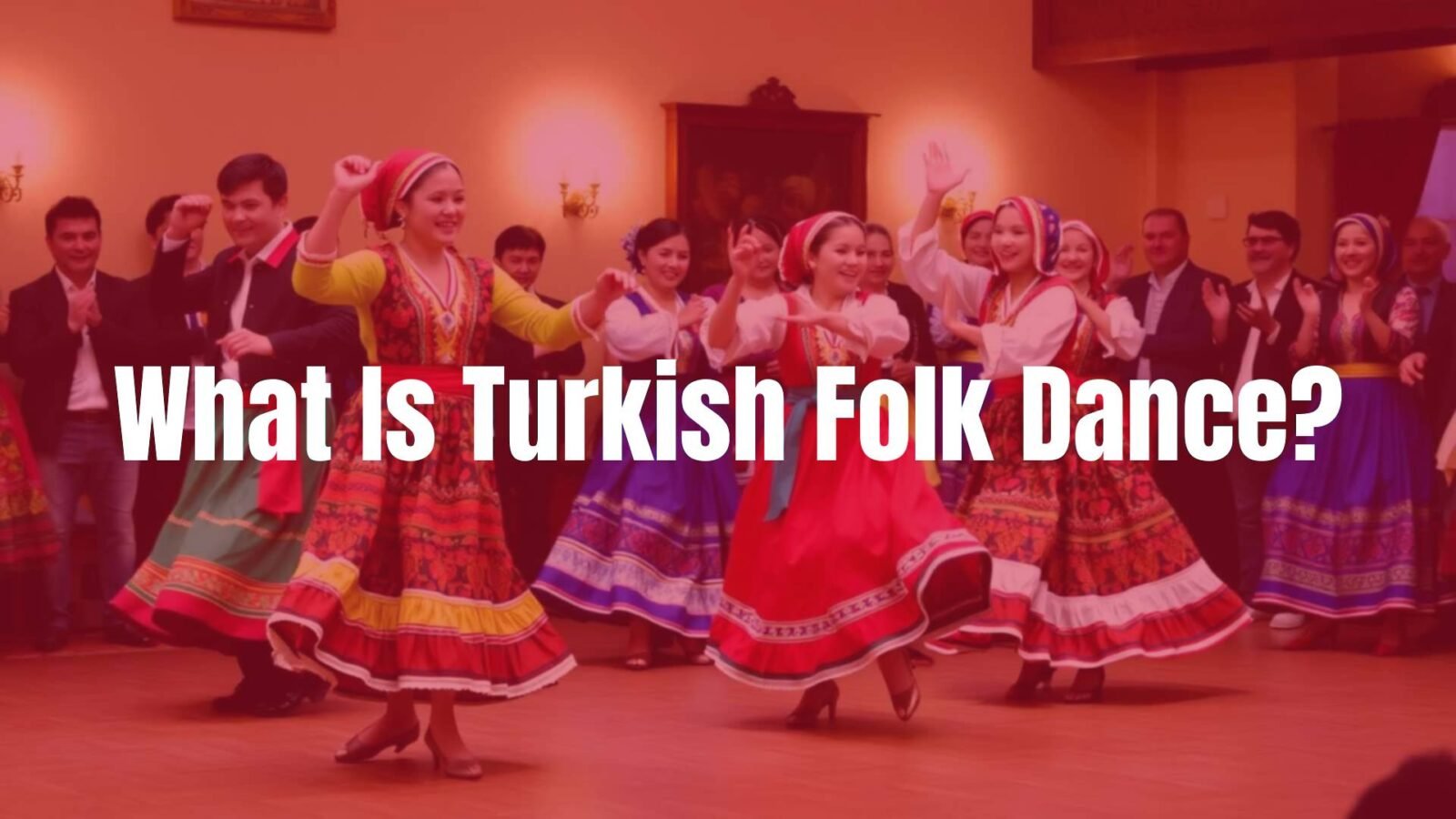
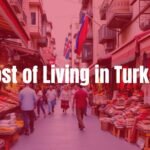

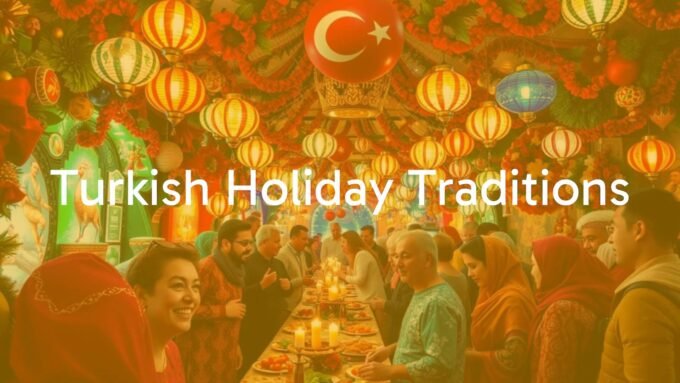


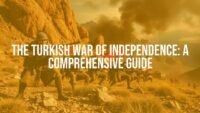
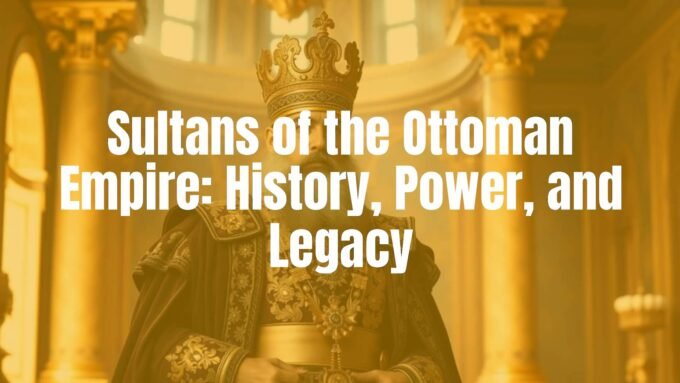


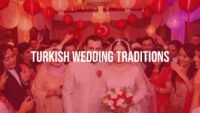

Leave a comment